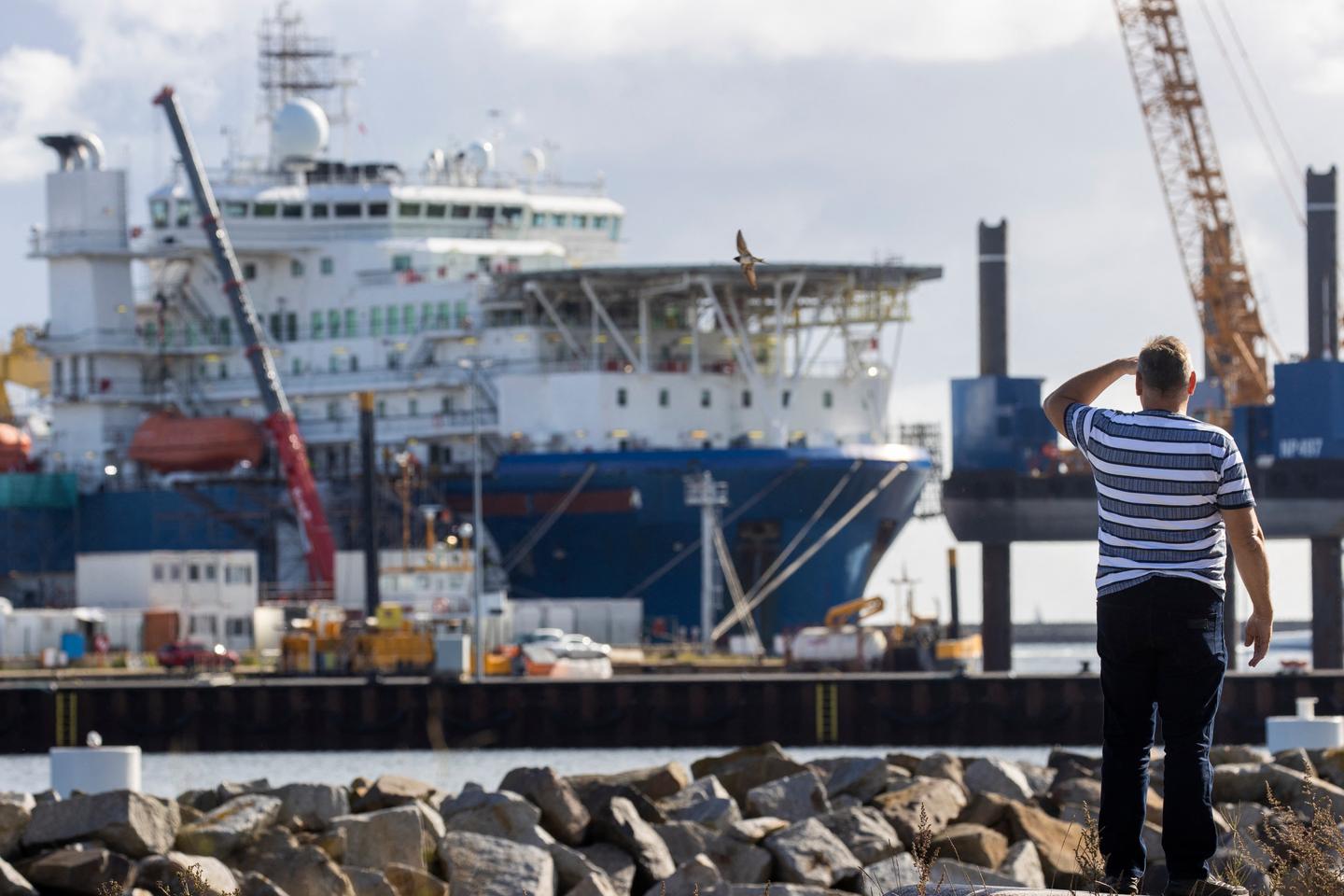


At least 167 Russian commercial vessels have engaged in spying on North Sea cable networks and pipelines in recent years, especially since February 2022 and the beginning of the invasion of Ukraine. This is the finding of an investigation by the Dutch organization Follow the Money, associated with Belgian business newspapers L'Echo and De Tijd.
The document, published on Thursday, June 20, analyzes the movements of thousands of Russian vessels along the coasts of Belgium, Denmark, Germany, the Netherlands, Norway and the UK. In April, these six states signed a joint declaration aimed at drawing up a "security pact" for this area, which is considered particularly sensitive, with its gas and oil fields, wind farms, internet and telecommunications cables, etc. The project aims to improve surveillance and information exchange between the six countries, in liaison with NATO and the European Union.
All already had data on the recent movements of a dozen or so military vessels suspected of espionage or sabotage of critical infrastructure in the exclusive economic zones of the six countries. This time, by analyzing the movements of thousands of civilian vessels – tankers, cargo ships, fishing boats and cruise ships –, Follow the Money estimates that at least 167 boats have engaged in maneuvers considered to be very strange, such as changing course or coasting at very low speed, within a kilometer of critical installations. The number of suspicious activities spotted by Western services peaked in 2021, before the war in Ukraine: 684 in that year alone, compared with an average of around 30 previously.
Robotic underwater observation
When the surveillance services of the area spot these contentious movements, they receive explanations and excuses from the crews, who generally cite navigational errors, bad weather or damage. Not enough to convince the Dutch authorities, who in early 2022, for example, saw a refrigerated transport vessel come to a halt in fine weather off the port of IJmuiden, in an area with lots of power cables and pipelines. The same happened again a few days later with another civil vessel. Also in February, in Denmark, the 172-meter container ship Transit-Tavayza slowly drifted towards a highly sensitive area and was suspected of carrying out an underwater observation mission with robots.
The intelligence services' suspicions are reinforced by the fact that many of these ships temporarily disconnect their automatic identification systems (AIS), which have been required by commercial navigation rules since 2003, when approaching sensitive areas. The investigation also highlights that Russian ships are increasingly changing their course to approach military vessels belonging to NATO member countries. This is presumably to provide Moscow with information on their location and movements.
You have 27.41% of this article left to read. The rest is for subscribers only.
